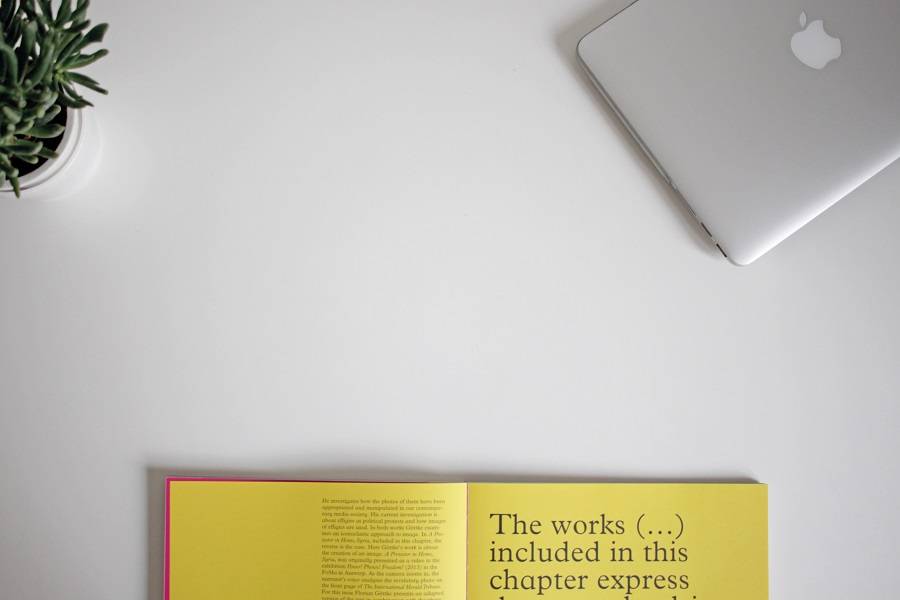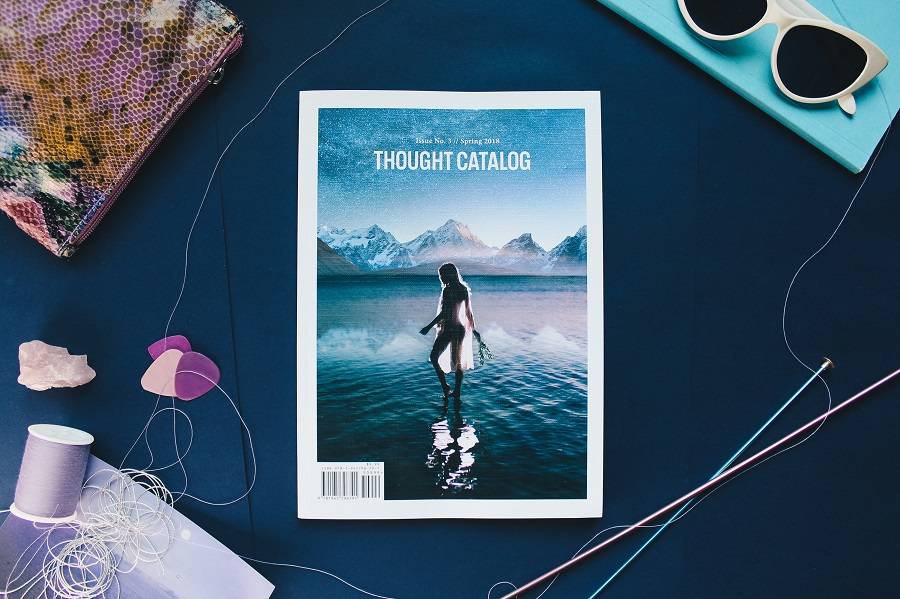They’re a bright gloss, or a sleek matt, collection of colourful pages that display beautiful images of your products and services to inspire action from your reader. Well, when done right. When done wrong they’re just another piece of marketing to throw away. Please, don’t let your marketing brochures get thrown away.
A discarded brochure hurts us. It hurts the customer service rep who helps process your order. The DTP professional checks your artwork. The machine minder who gets it printed. The cutting operator cuts it to spec. The packaging and dispatch operators put it all together and hand it off to the delivery person. Let’s not forget the designer who designed your brochure.
If your brochure touches all these hands only to get tossed in a bin without regard, we are not happy.
Therefore, before you print your brochure ask yourself, have I put in enough consideration and work to ensure that this is the best possible design and distribution method to achieve my exact objectives?
What considerations, you ask? Here are some answers:
Considerations
Are your photographs captivating?
Your product photos say 1000 words about the quality of your product. Make sure they say the right words.
There are 2 types of photos you can use.
The first is your product on a solid background, usually a white background.
The second is your product in its common context, e.g. a photo of someone using your product.
Here are some easy, and affordable tips you can follow to get the right product image:
Use a professional background
The background lets you control exactly what the viewer should focus on. A plain background makes your product the hero of the image. A busy background can let your product get lost in the chaos.
You don’t have to visit a photography store to create the ideal background. You can use a platform that forms a stable stand for your product while providing scaffolding to hang material or paper from it. This can be a dining chair, for example, where you hang your material on the backrest of your chair while resting your product on the seat of the chair.
Tip: For larger custom backgrounds, you can order a PVC banner with your desired artwork.
Control your lighting
Too dark is not good, it’s difficult to add light to a dark photo. Too much light is better, you can always reduce the lighting while you edit.
For the most cost-effective solution, perform your shoots during the day when the light is at its brightest and in a room where you can control the lighting – via a curtain, blinds or a hanging sheet. Studio lighting can be expensive, but if you can afford it then go for it as this gives you the flexibility of fully controlling your lighting.

Control your lighting
Maximise stability
A shaky camera creates a blurry photo. You may think you have the hands of a surgeon, but you will never be as stable as the barely perceptible spinning earth that we inhabit. Did you feel that? …exactly.
If you have a tripod on hand, then use it. Another option is to use a pile of books, a stool or any other surface that your camera can rest on.
Use a decent camera
You can do all of the above, but if you have an outdated camera then you have wasted your time.
If you have a fairly recent smartphone, then you can use that too. The cameras in smartphones have evolved to such an extent that it’s a highlighted benefit in any smartphone advert. In some cases, it is hard to tell if a photo was taken with a smartphone or with a DSLR camera. The upside is that smartphones do have some affordable stands that you can use as a tripod. That being said, a good DSLR camera gives you a lot more control to get the photo you want, especially if you know how to use it. The option to adjust the focus, aperture and lighting allows you to create a range of effects without editing.
Edit your photos
This is not photoshopping out defects. This is creating a consistent look and feel in your images that is representative of your brand.
Editing allows you to adjust for just the right amount of lighting and add other effects or filters that will show your products in their best form and align them with your brand guidelines. There are a variety of free editing tools such as Pixlr and Canva on desktop or Fotor and Snapseed for your smartphone that provides some of the same tools as Photoshop.
Tip: Document the process you use to get the best product photos. This ensures that you replicate the results when adding more products to your next brochure.
Distribute
Targeted distribution
What, who and how. That is how we think of our marketing and advertising materials.
The what is “what do we want to achieve?”.
The who is “who are we talking to?”.
The how is “how will we achieve it?”.
The “who” is a very important step in maximising the results of your brochures. Define exactly who you want to reach with your brochures. This could be senior operations managers in the mining industry for example. Being specific will help you to determine the demographics, interests and behaviours that you can incorporate into your design, copy and distribution.
The demographics and behaviours will give you clues as to where best to be to distribute your brochures. This could be feet on the ground in an office park, direct mail, at a trade show or expo, in a meeting or as an insert in a newspaper. This is also part of the how.
Distribution options include:
- Feet on the ground
- Direct mail
- Promotional giveaways
- Mall or store activations
- Tables in your office, boardroom, waiting room and foyer
- Trade shows, expos and conferences
- Insert in a newspaper
Related Articles:
1, Get effective distribution for your printed materials

Educate
Educational content
What is the ultimate message you want to deliver?
You have a lot of information on your product or service, but you have little time and space to deliver that information. Therefore, you need to decide what is the one thing you want your audience to remember. Most importantly, what do you want people to do with that information?
Structure your information around these important questions and your copy will be more effective.
You can also include information about your company, to add more background and credibility. These are your company vision, mission, a bit of background and any testimonials. Be careful not to detract from the core focus of the brochure which should be to showcase your product(s) and service(s).
Tip: Remember that you are communicating with one reader. Even when you print 5 000 brochures, a single brochure will be read by one person. Therefore, ensure you personalise your message and make the reader feel like you are speaking directly to them.
[Related: How do I write for print?]
Encourage action
What do you want people to do once they read the brochure?
Some actions you would want to achieve is:
- In-store visit
- Website visit
- Call your business
- Schedule a meeting
- Order your products
One way to encourage urgent action is to use a coupon or discount. Ensure that you clearly communicate the expiry date of these as this is more likely to encourage action. Giving too much time to make the decision to use the coupon can result in your action falling away to other more urgent matters.
[Related: How to Sell Through Customer Service]

Encourage action
Paper to print on
This is where it becomes a little tricky.
On the one hand, using premium paper can make a great impression. However, the cost might limit how many brochures you can print. Of course, you want a lot of people to receive your marketing brochures, but you also don’t want to minimise the total impact.
The easiest choice here is to go for the popular paper, at the very least. I.e. Have a look at what your competitors are printing on and use the most common paper or try to beat it if possible.
At the end of the day, it’s not just how many people receive your brochures, it’s about how many people it works on. 1% conversion rate on 1 000 people is just as good as 10% on 100 people. So, think about it.
Finish well
Does lamination fit into your budget? Then add it to your cover pages. Giving your product a premium feel communicates that you are serious about the impression you want your business to make.
Don’t be afraid to spend your budget if it means maximising the impact. However, if the budget can definitely (backed by data) work better elsewhere, then use it elsewhere.
If you leave too much money in the bank you might leave too much money on the table.
Finish well
Conclusion
Your marketing brochures do a lot of work on your behalf. They present your business to your customers when you are not able to. If you were a salesperson, and you could make 1 000 copies of yourself, how would you design those copies so that they matched or outperformed you?
Investing in a quality marketing brochure ensures you accurately communicate the quality of your offering and the credibility that your target audience can expect from you.
Resources
Related
- Get effective distribution for your printed materials
- How do I write for print?
- How to Sell Through Customer Service






